My dataset looks somewhat similar to this:
Category Value1 Value2
A 19 143
A 12 124
A 21 130
B 23 323
B 24 323
B 23 342
B 24 233
B 27 234
C 28 212
C 29 233
D 11 365
D 12 323
D 13 344
This dataset has many categories viz. A,B,C,D etc and two columns
How can we find out 90th percentile of these values in category-wise?
Output should be in this pattern:
